Can there be a “right” level of contrast for a photo? If there can’t be, then why do virtually all image editing applications offer contrast adjustment capabilities? Of course there can be optimal contrast levels for photos, but really, those levels are in the eye of the beholder as well as what the images call for. Every photo is different and the message each image is intended to send is different as well. Sometimes very high contrast is called for while other times nearly no contrast at all is called for. Aspects of photography such as this can swing wildly in many different directions.
In today’s post, I’ll discuss a bit about the topic of contrast in regards to photography. Again, this isn’t something you can get wrong or right while you’re out there taking pictures or editing them back home, but I think knowing the differences between the various levels as well as the fact that such differences exist can be extremely helpful. What I’ll do down below is define different contrast levels and then perhaps I’ll share some example photographs, just to hit the message home. But first, let’s define what contrast is.
Contrast – In the most general sense, contrast is the state of being different than something else. Some say it’s the state of being “strikingly” different. In regards to photography and post-processing, contrast has to do with the tones of pixels because those pixels are what makes up an image. With photographs, contrast describes the difference between the brightest and the darkest parts of an image. If the difference is great, there is said to be high contrast and if the difference is subtle, there is said to be low contrast.
What are the Different Types of Contrast?
In this section, I’ll discuss the different types of contrast available in the world of photography and graphics. I’ll define each as best I can.
No Contrast: This is a trick definition because if there’s no contrast, there’s no contrast. An image with no contrast has no areas of differing brightness and darkeness to compare. It’s a void, if you will. A photo with no contrast will be one of solid color (or no color). It’ll be a solid tone. Black, white, etc…
Very Low Contrast: This is when there’s little to discern between the shadows and the highlights of an image. Very low contrast is almost monotone. With just a nudge of a slider in Camera Raw or Photoshop, you’d have an image that’s nearly completely monotone. You’d only want this type of photo if you were truly going for a certain type of look. Otherwise, a result like this would be considered terrible.
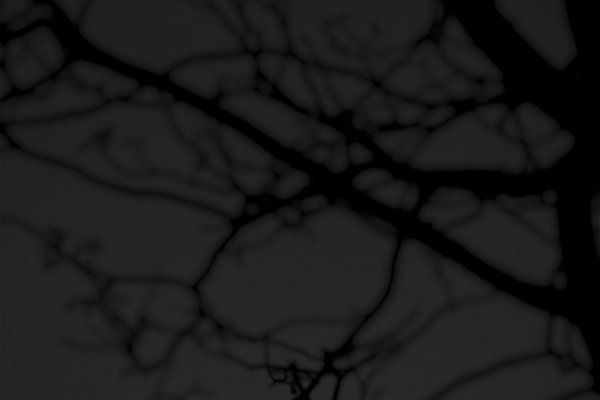
Low Contrast: This is a step up from very low contrast. This type of image may include some normal contrast areas, but most of it will have little difference between the highs and lows. Again, these types of images exist to set the mood. In the sample photo below, you’ll see some higher contrast to the right, but as your eyes travel to the left, you’ll find that the contrast nearly disappears.
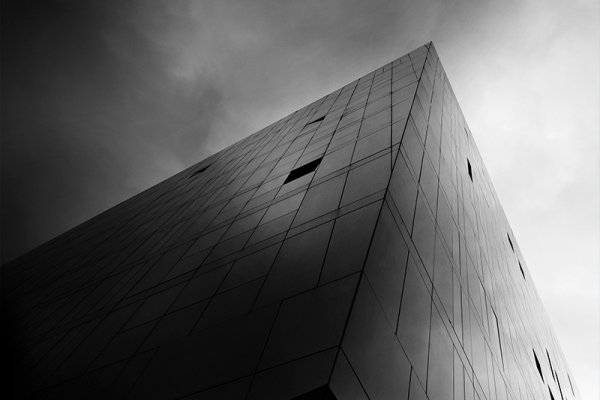
And in this photo, the contrast is just generally low.
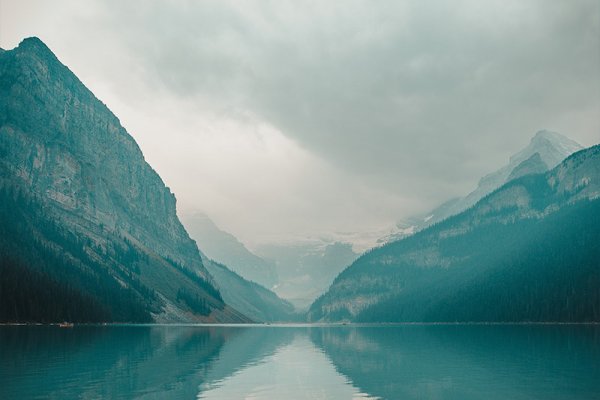
Normal Contrast: Images with normal contrast would be considered well balanced. These are the types of photos we see every day and don’t think about in the least. It’s what we expect to see. They enjoy good lighting and a decent balance between shadows and highlights.
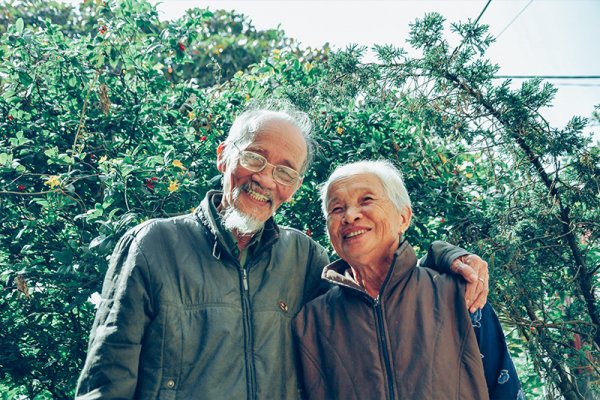
High Contrast: This is when we begin noticing a striking difference between the bright and dark areas of a photo. In general, we’ll see darker shadows and brighter highlights in images that employ high contrast. In these photos though, we’ll still see midtones.
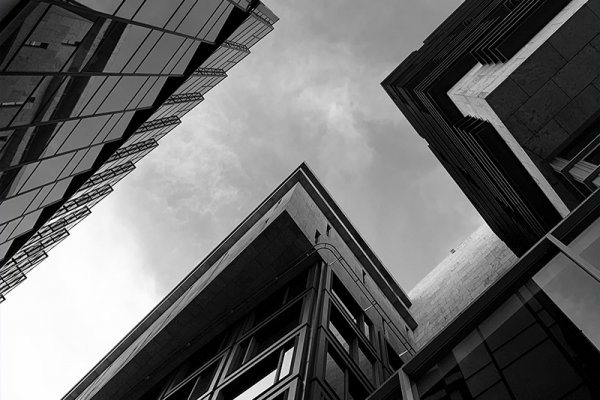
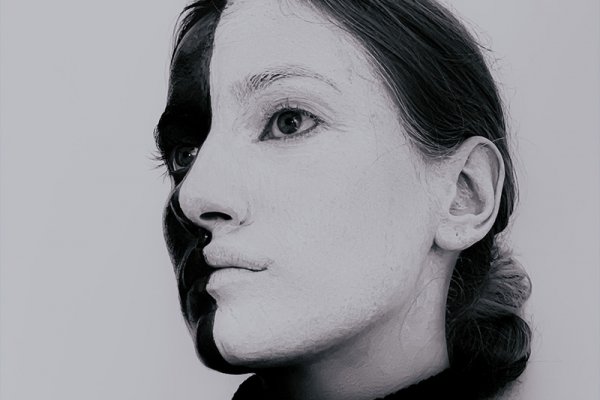
Very High Contrast: In images that employ very high contrast, there is a striking difference between shadows and highlights. Midtones will be virtually non-existent. Many black and white photos display very high contrast.
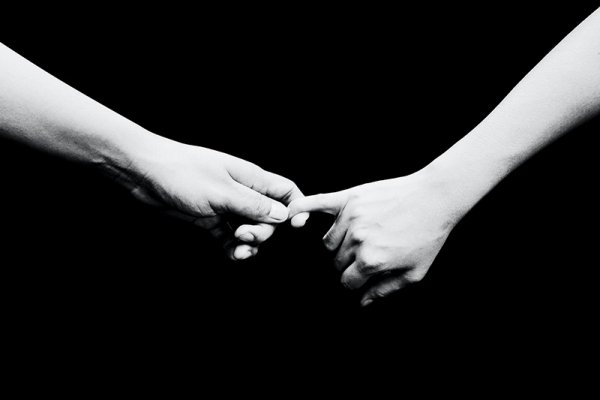
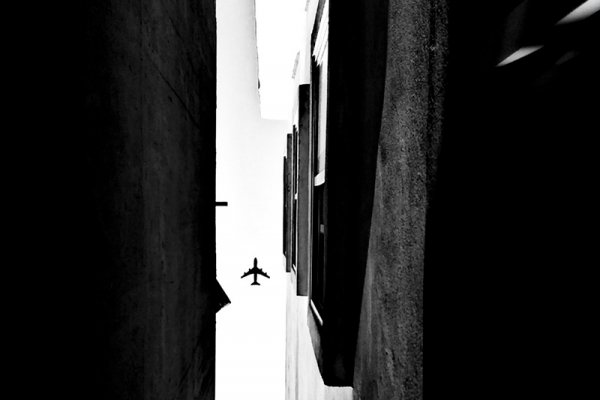
HDR: These types of photos are interesting. Some people love them while others hate them. Basically, HDR (high dynamic range) images are created to solve the issue of lack of dynamic range. Because cameras can’t capture the full spectrum of light in one photo, photographers will capture a few different images with varying levels of brightness and darkness and merge them together in an application such as Adobe Camera Raw, Lightroom, or Photoshop. The result will be a file that displays a much greater dynamic range than a normal photograph file would. Here are a few examples. Notice how the photos don’t look particularly realistic, yet very cool indeed.
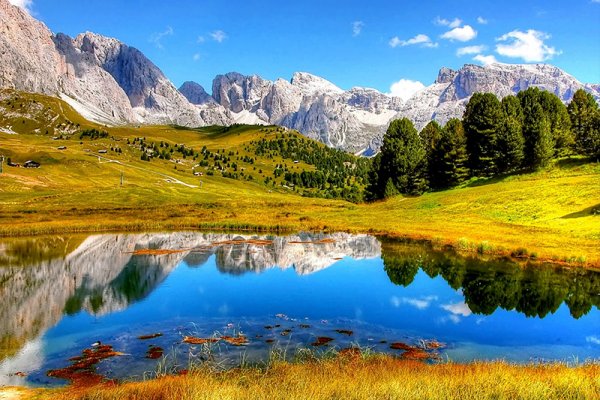
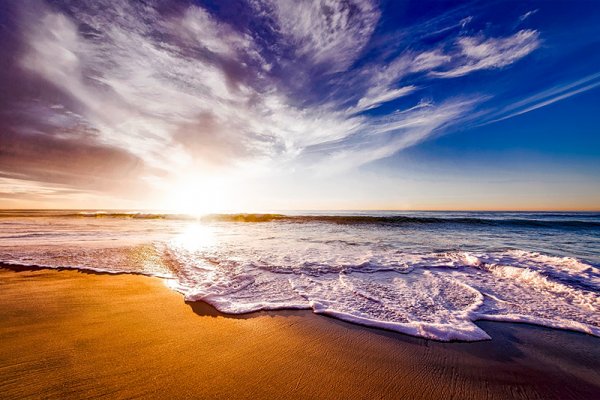
Split Contrast: Split contrast photos include the best of both worlds. They display both high contrast and low contrast elements. In the example photo below, notice how the hand and the blacktop are of normal contrast while the hand against the black backdrop exhibit high contrast.
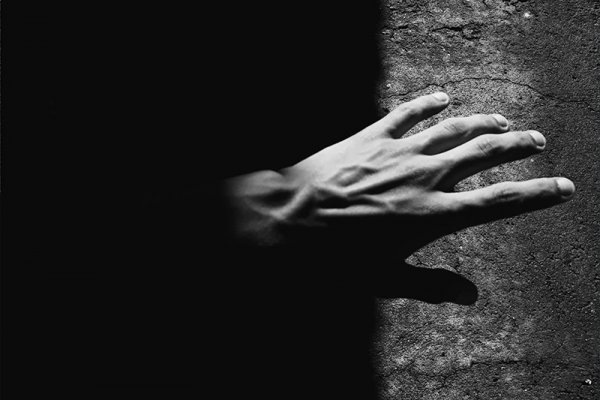
Goals of Learning About Contrast
Merely understanding what contrast is and what it looks like won’t help too much. What you want to do is take this newfound knowledge and apply it to your own work. What types of photos are you taking? What do they call for? Are they subtle, yet spooky? Perhaps some low contrast is in order. Are they dynamic and punchy? Perhaps use some high contrast. Every bit of contrast sets the mood for your images, so you’ll need to know how to capture and edit your photos. But don’t forget, you’ll also need to know when to correct an image that’s got too much or too little contrast. In the beginning this may be tricky, but with practice, you’ll surely become proficient.
The lighting in your scene can greatly affect the resulting contrast in your shots. If you’re shooting a bright daylight, you’ll likely see very dark shadows and very bright highlights, both of which increase contrast. If that’s not the type of thing you want to see in your photos, it’s best to either control the lighting or wait until the sun goes down a bit. Those shadows should smooth out somewhat when the sun is lower in the sky. Since high contrast is tough to fix later on in post-processing, it’s best to address it while taking your photos.
On the other hand, it’s not too challenging to increase an image’s contrast in post-processing, so if you find yourself in a position to take a great shot in a low contrast situation, go for it. You can deal with the bland nature of it later on, unless, of course, that’s what you want. Think dull and dreary cemetery at dusk in the rain. There’s some low contrast for you.
If you have any questions or if you’d like to add anything in regards to contrast and how it affects photographs and photography, please be sure to add your commentary below. Thanks!
Leave a Reply